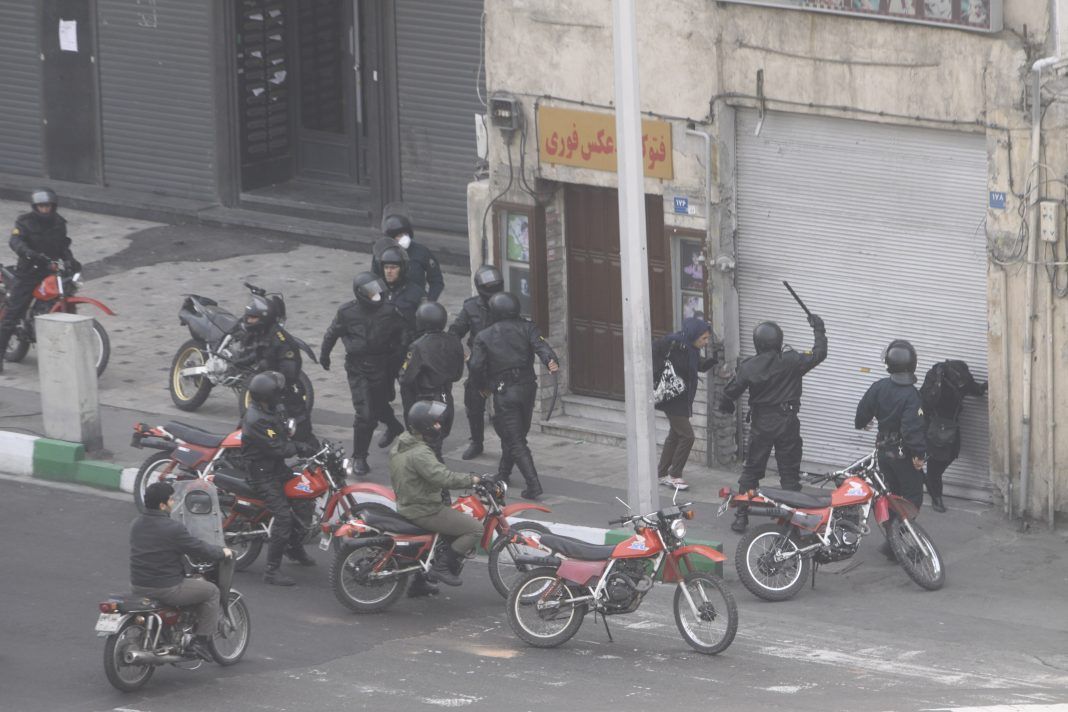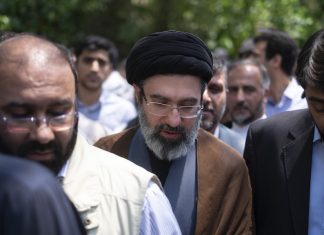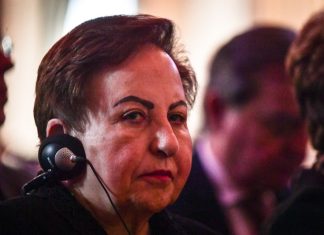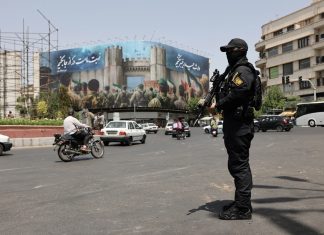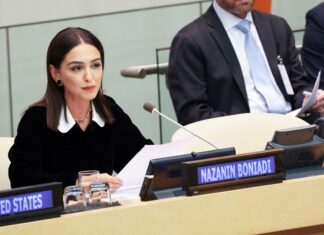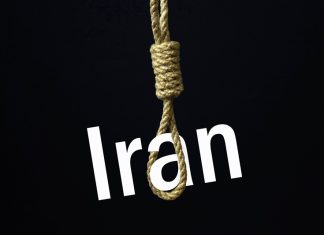Evidence linking Iranian officials and organizations to human rights violations in Iran has been shared in a new database produced by London-based charity Justice for Iran.
The database, entitled “Faces of Crime,” was launched on December 10 to coincide with International Human Rights Day and Justice for Iran’s 10-year anniversary.
[aesop_image img=”https://kayhanlife.com/wp-content/uploads/2021/01/faces-of-justice1.jpg” panorama=”off” credit=”https://justice4iran.org/category/facesofcrime/” align=”center” lightbox=”off” captionsrc=”custom” captionposition=”left” revealfx=”off” overlay_revealfx=”off”]
The directory, which charts human rights breaches from 1979 — the year the Islamic Republic was established — to the present day, took a decade to compile and features more than 220 individuals as well as organizations involved in at least 430 serious human rights violations. The interactive tool allows individuals who believe they have evidence of human rights violations to contact the charity directly.
It also incorporates documents prepared by international human rights organizations and official statements made by intergovernmental bodies such as the United Nations.
Dr. Mohammad Nayyeri, a visiting lecturer in law at the London School of Economics and co-director of Justice for Iran, told Kayhan Life that the database was designed to tackle the lack of accountability for human rights violators in the Islamic Republic.
“The main object of the database is to fight against the impunity of human rights violators in Iran, and this can only happen when the data is used within legal and other mechanisms available to us,” he said.
The database identifies perpetrators responsible for human rights violations during several incidents including: the anti-government protests from 2009 to 2020; the torture and forced confessions extracted from political prisoners; and the individuals responsible for the 1988 massacre, in which several thousand Iranian political prisoners were executed.
[aesop_image img=”https://kayhanlife.com/wp-content/uploads/2021/01/faces-of-43p.jpg” panorama=”off” credit=”https://justice4iran.org/15453/” align=”center” lightbox=”off” captionsrc=”custom” captionposition=”left” revealfx=”off” overlay_revealfx=”off”]
Dr. Nayyeri said evidence which had been added to the database had already been used to aid international watchdogs and courts.
“Several pieces of evidence gathered by Justice for Iran which are now housed in our database have already been submitted to the European Union, and have been crucial in adding some of these perpetrators to the list of sanctions,” he said.
One such case led to sanctions being upheld in 2015 by the European Court of Justice (ECJ) against Mohammad Sarafraz, the president at the time of the state-controlled media outlet, the Islamic Republic of Iran Broadcasting corporation, and Hamidreza Emadi, then Press TV’s newsroom director.
The two men were found guilty of human rights violations by the European Council in 2013. These included collaborating with Iranian security organizations and Revolutionary Court prosecutors to force confessions from prisoners and then broadcast the confessions without getting permission from the prisoners.
Justice for Iran’s evidence at the hearings, which is now part of the database, was crucial in establishing the violations and upholding the ECJ’s ruling.
Since the directory launched less than a month ago, Justice for Iran has been contacted by 88 people who have shared files, photos and videos of possible human rights violations. Dr. Nayyeri says assessing this information — which the charity tries to process using accepted national and international legal standards for evidence — can take anywhere from a few days, if the individual is prominent and prolific on the internet, to a few weeks for lesser-known individuals or where multiple allegations of human rights breaches are made.
Dr. Nayyeri would now like the database to grow and eventually become part of an international movement to hold Iran’s human rights violators to account.
“In order to reach the point at which content in the database can be presented to any court, it needs to be constantly updated and so we need victims, survivors and witnesses to support the database in this way and come forward with any information they hold.”
EXCLUSIVE – U.N. Expert Backs Probe into Iran’s 1988 Killings, Raisi’s Role

